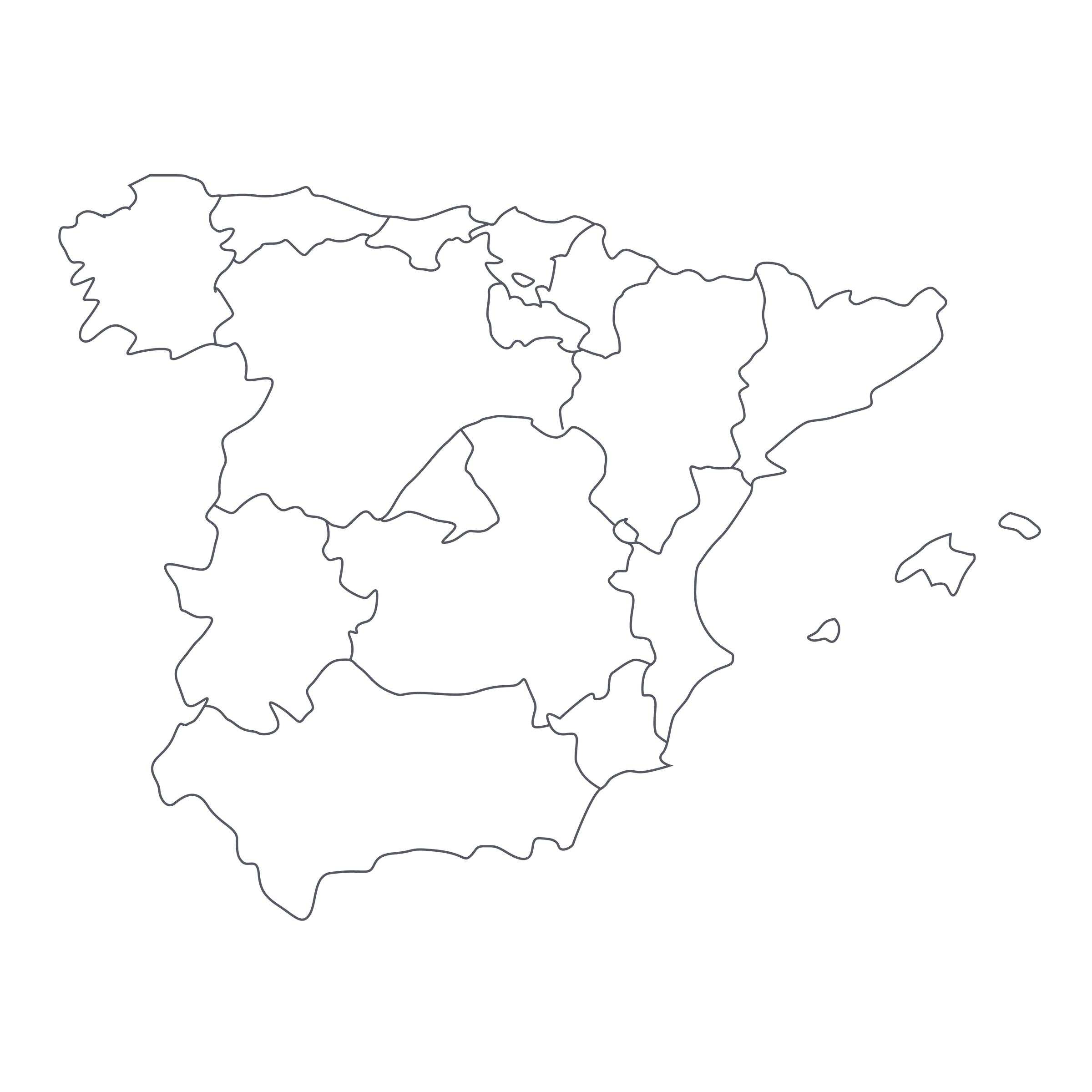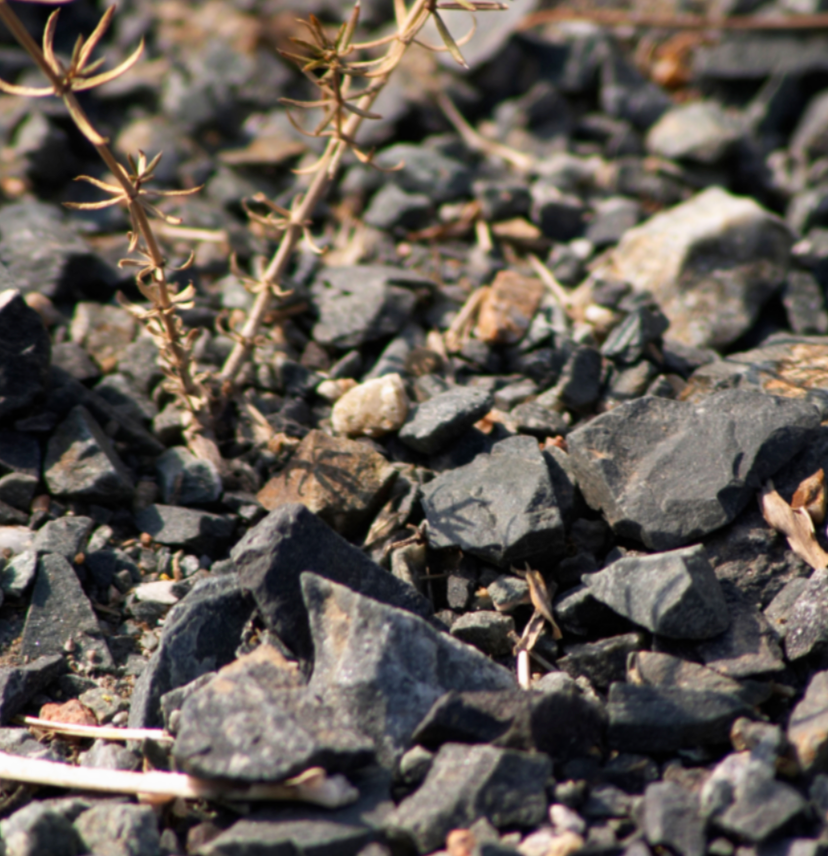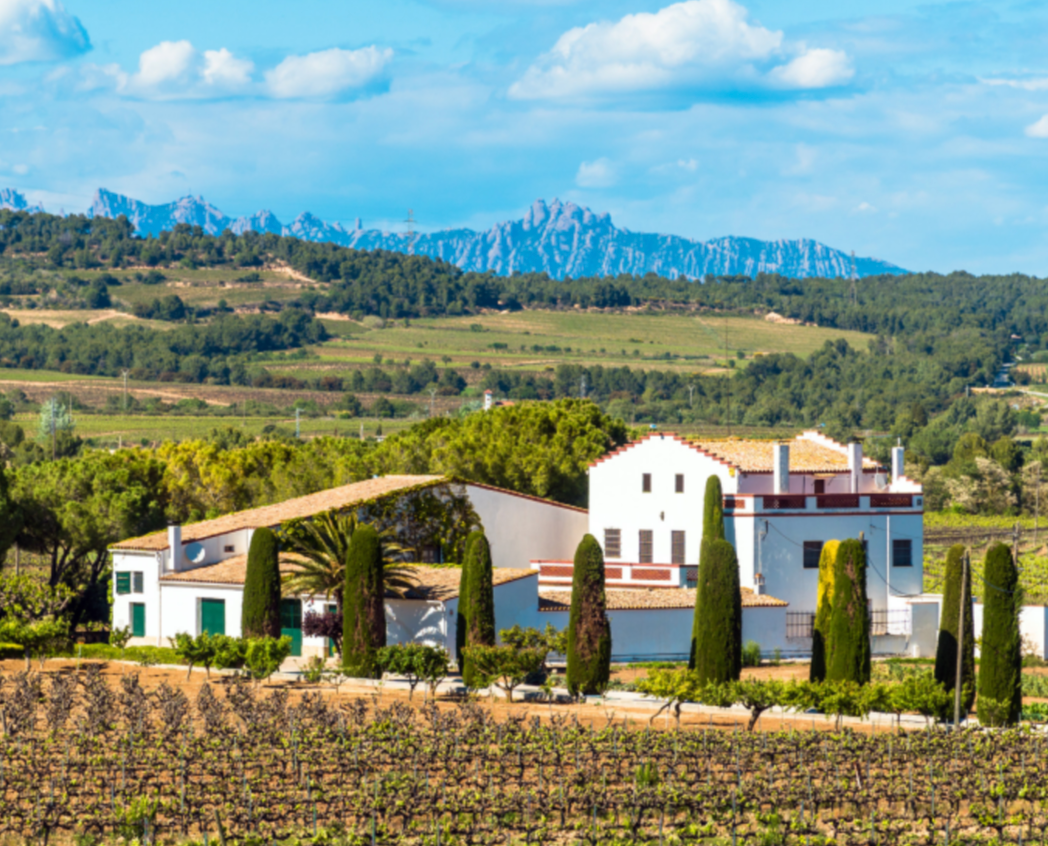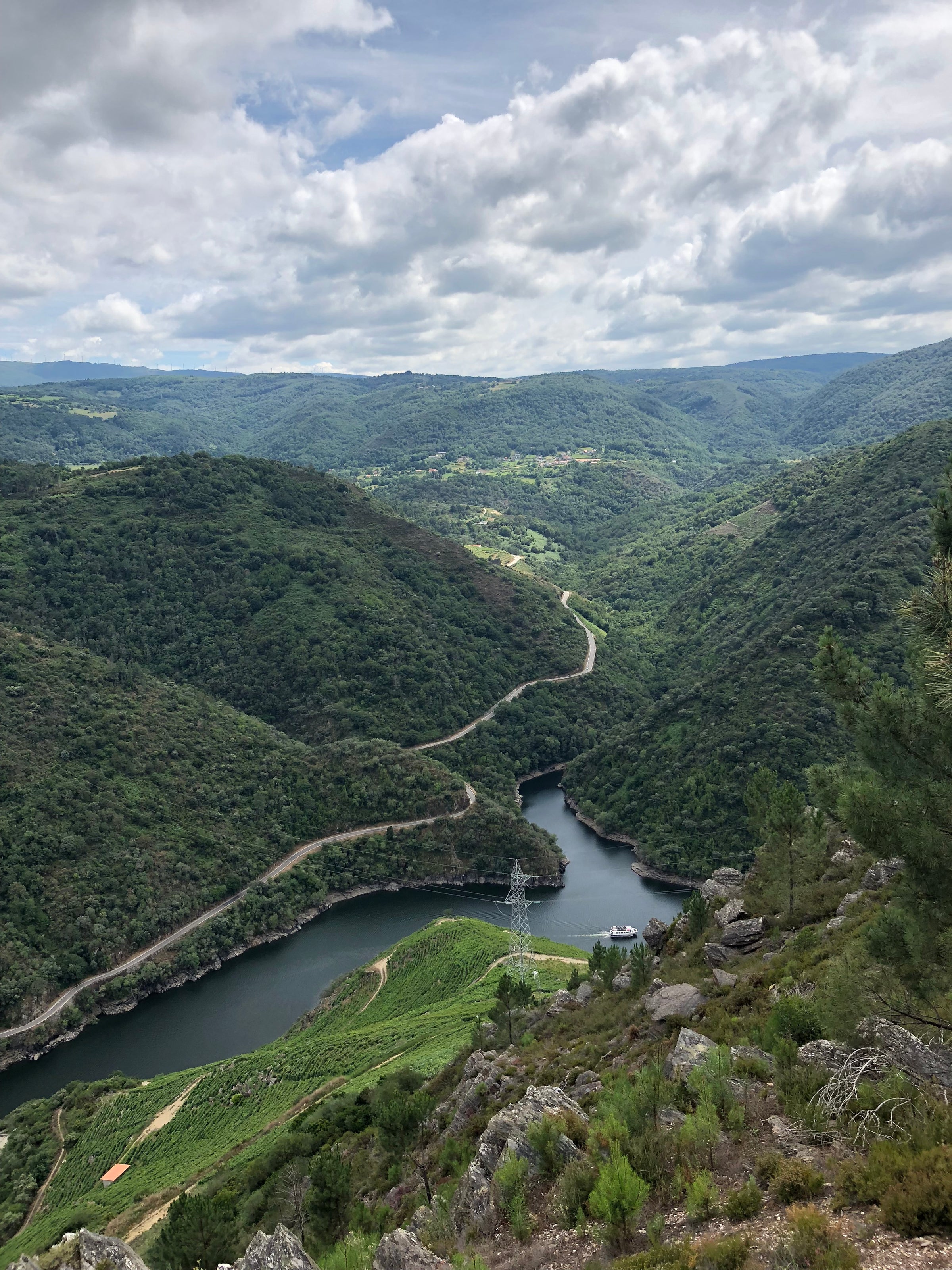“La Rioja Alta Gran Reserva” is a wine phrase that prompts connoisseurs to snap to attention because in the select few years these long-aged gems are produced, they are paragons of purity, complexity, and Rioja authenticity. We’ve gone to great lengths just to offer a few vintages over the years and today we’re fortunate enough to share their newest Gran Reserva—albeit one with a special, if not secret, asterisk. I’ll explain. In 2014, La Rioja Alta chose not to bottle their globally cherished “890” or “904” Gran Reserva cuvées, instead, all of that ultra-premium fruit was quietly ushered into their sister label, today’s “Viña Arana.”
Glowing reviews across the board confirmed our already high expectations: It is generous, complex, and bursting with dried cherry, currant, tobacco, leather, cacao, sandalwood, sage, and more. In two words, breathtakingly classic. Truly, with three years in barrel and nearly three more in bottle, few wineries outside of Rioja continue the kinds of classic practices that are still the norm here. La Rioja Alta is a global icon for a reason, and this traditional, lavish, and deeply refined 2014 Gran Reserva further cements their status. We can allow up to six bottles per person and I urge you not to short yourself because the demand for this wine is leaping off the charts. Note: If you’re holding out for their next “904” Gran Reserva, get comfortable—the ‘15 won’t be coming out until 2023!
In 1890, five wine-loving families came together and formed a wine society specific to Rioja. Since then, La Rioja Alta has expanded its production to include labels such as Ardanza, Arana, and Alberdi, all while securing old vines from the region’s most exceptional parcels. At home base, they have diligently built an unrivaled in-house cooperage—an expensive, time-consuming feat where oak is imported from America and then turned into barrels by their own artisans. Upon completion, each barrel air dries for at least two years before being circulated into wine production. Their cellars now hold a jaw-dropping 30,000 (and counting) barrels. Just marinate on that for a second: 30,000 barrels.
“Viña Arana” is among the many umbrella labels under La Rioja Alta, and one of the three Gran Reserva they produce (with “908” and the far-more expensive “890” being the other two). As mentioned, in 2014, La Rioja Alta chose to bottle just one Gran Reserva, so all of the premium fruit designated for their GR lineup was funneled entirely into Viña Arana. The final blend was dominated by old- and young-vine Tempranillo with a 6% splash of Graciano from a neighboring estate. After a long manual harvest (the Graciano was picked three weeks after the Tempranillo), the crop was de-stemmed crop and a natural fermentation occurred in stainless steel tanks. The wines from the best-tasting tanks were then transferred into neutral American oak barrels for three years with a gentle racking every six months. In the spring of 2018, the wine was bottled and allowed to rest for well over two years. Essentially, La Rioja Alta employs extreme patience to ensure the wine sings when it arrives at your doorstep.
La Rioja Alta’s only 2014 Gran Reserva displays a dusty garnet core leading out to a pale ruby and brick-orange rim. I recommend a 60-minute decant and Bordeaux stems to best showcase this traditional gem. On the nose, this is a classic, rich, and sophisticated Rioja overflowing with ripe currant, dried black raspberry, red plums, sandalwood, vanilla bean, dark chocolate, balsamic cherries, wild strawberry, dill, loose tobacco, leather, mushroom powder, and cedar box. What’s immediately apparent on the full-bodied palate is its high degree of elegance and finesse that are further amplified by smooth tannins. Ripe and dried fruits complement a bevy of piquant spices and savory earth with a hint of polished rusticity if such a thing exists. There’s no mistaking this Gran Reserva as something else—it provides a genuine sense of pedigree and Riojan terroir. Opening now will provide an immediate payoff since the bulk of aging has been done for you, but remember, the wine is judiciously crafted for a long life. You can enjoy its generous primary fruit over the next five years, but the real savory fireworks won’t start appearing until 2030 and beyond. Cheers!







